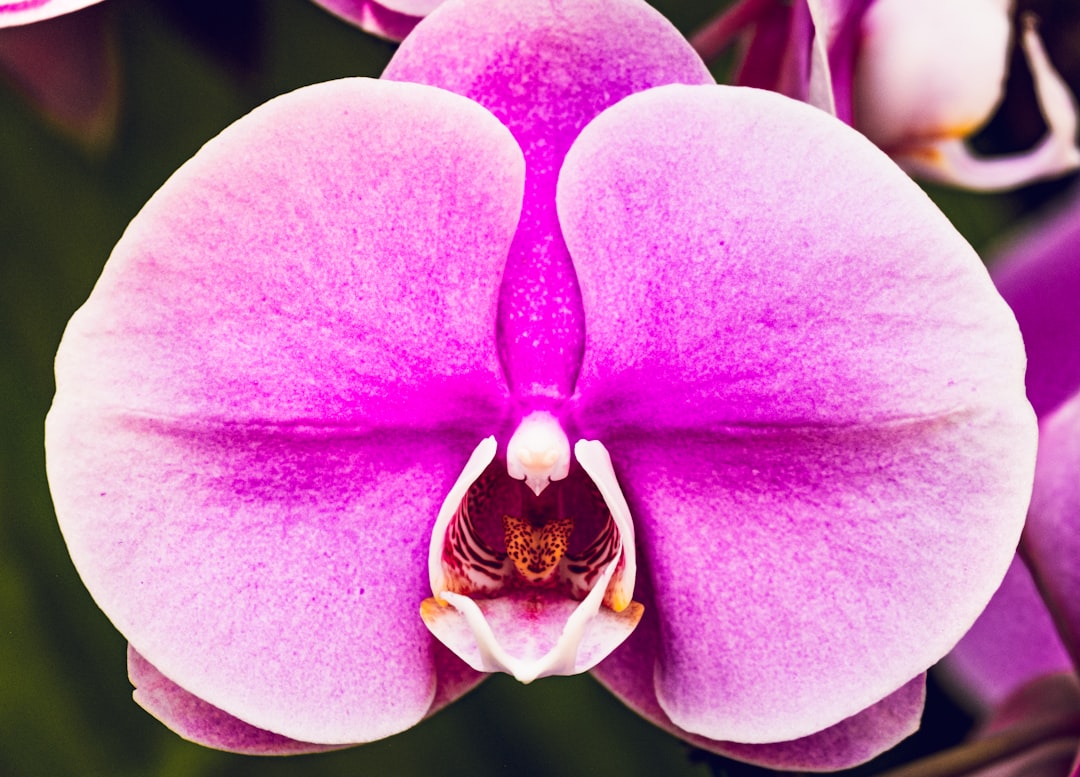Unleashing the Secrets of Cucumber Cultivation

Edible gardening is a rewarding endeavor, and growing cucumbers is a delightful addition to any garden. Whether you're a seasoned gardener or just starting out, these essential tips will guide you through the process of cultivating healthy and productive cucumber plants, including how to start them from seed indoors.
Why Grow Cucumbers?
Cucumbers are not only delicious but also incredibly versatile. They can be eaten fresh in salads, pickled for long - term storage, or used in refreshing beverages. Additionally, cucumbers are relatively easy to grow, making them a great choice for both novice and experienced gardeners. They thrive in warm weather and can produce a bountiful harvest with proper care.
Selecting the Right Cucumber Varieties
There are two main types of cucumbers: slicing cucumbers and pickling cucumbers. Slicing cucumbers are typically larger and have a thinner skin, making them perfect for eating fresh. Pickling cucumbers, on the other hand, are smaller and have a thicker skin, which makes them ideal for pickling. Some popular slicing cucumber varieties include 'Marketmore 76', 'Straight Eight', and 'Diva'. For pickling, 'Boston Pickling', 'Calypso', and 'National Pickling' are great options. Consider your intended use when choosing a variety, and also look for disease - resistant varieties to ensure a successful crop.
Starting Cucumbers from Seed Indoors
Starting cucumbers from seed indoors gives you a head start on the growing season, especially in areas with a shorter growing period. Here's how to do it:
1. Gather Your Supplies
You'll need seed - starting trays or pots, a high - quality seed - starting mix, cucumber seeds, and a warm, sunny location. You may also want to use a heat mat to keep the soil warm, as cucumbers germinate best at temperatures between 70 - 90°F (21 - 32°C).
2. Prepare the Seed - Starting Mix
Fill your seed - starting trays or pots with the seed - starting mix. Moisten the mix thoroughly, but make sure it's not waterlogged. You can use a spray bottle to moisten the soil evenly.
3. Plant the Seeds
Plant 2 - 3 cucumber seeds per cell or pot, about 1/2 inch deep. Cover the seeds with the seed - starting mix and gently press down to ensure good seed - to - soil contact.
4. Provide Warmth and Light
Place the seed - starting trays or pots on a heat mat if you have one. Keep them in a warm, sunny location, such as a south - facing window. If you don't have enough natural light, you can use grow lights. Keep the soil consistently moist but not soggy.
5. Thin the Seedlings
Once the seedlings have emerged and have their first set of true leaves, thin them out by removing the weaker seedlings. Leave one strong seedling per cell or pot.
Transplanting Cucumber Seedlings Outdoors
When the danger of frost has passed and the soil has warmed up to at least 60°F (16°C), it's time to transplant your cucumber seedlings outdoors. Choose a sunny location with well - drained soil. Amend the soil with compost or well - rotted manure to improve its fertility and drainage. Dig holes slightly larger than the root balls of the seedlings and gently place the seedlings in the holes. Fill in the holes with soil and water the seedlings thoroughly.
Caring for Cucumber Plants
1. Watering
Cucumbers need consistent moisture, especially during the flowering and fruiting stages. Water deeply at the base of the plants, avoiding getting the leaves wet to prevent diseases. Aim to keep the soil evenly moist but not waterlogged.
2. Fertilizing
Feed your cucumber plants with a balanced fertilizer, such as a 10 - 10 - 10 or 14 - 14 - 14 formula, every 3 - 4 weeks. You can also use organic fertilizers, such as compost tea or fish emulsion, for a more natural approach.
3. Trellising
Cucumbers are vining plants and can benefit from trellising. Trellising helps keep the fruits off the ground, reduces the risk of diseases, and makes harvesting easier. You can use a simple wire trellis, a wooden trellis, or even a tomato cage.
4. Pest and Disease Control
Keep an eye out for common cucumber pests, such as aphids, cucumber beetles, and spider mites. You can use insecticidal soaps or neem oil to control pests. To prevent diseases, such as powdery mildew and downy mildew, make sure there is good air circulation around the plants and avoid overhead watering.
Harvesting Cucumbers
Cucumbers are ready to harvest when they reach the desired size. Slicing cucumbers are usually harvested when they are 6 - 8 inches long, while pickling cucumbers are harvested when they are 2 - 4 inches long. Use a sharp knife or pruning shears to cut the cucumbers from the vine, leaving a short stem attached. Harvest cucumbers regularly to encourage continued production.
In conclusion, growing cucumbers can be a fun and rewarding experience. By following these essential tips, from starting the seeds indoors to harvesting the fruits, you can enjoy a bountiful cucumber harvest in your own edible garden.